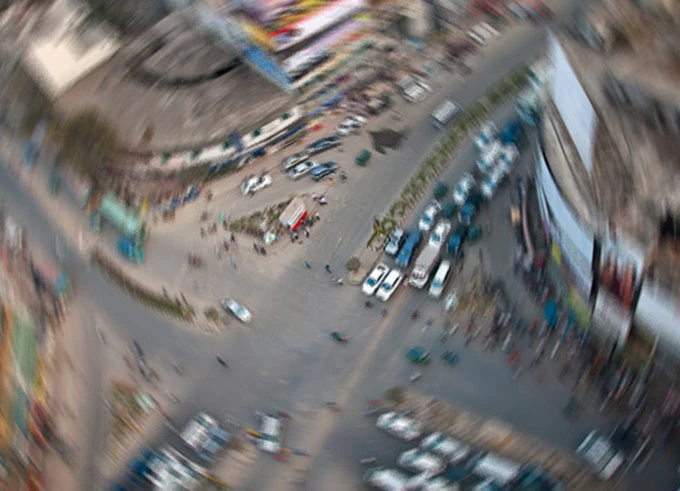In the run up to the first hackathon on road safety in India, we caught up with Arnab Bandopadhyay, Senior Transport Engineer at the World Bank and asked him a few questions:
- Why is the World Bank focusing on road safety in India?
While India has less than 3% of the world’s vehicles, it accounts for some 11% of the world’s road deaths. That too, when many such incidents are not documented at all.
Road accidents are not only traumatic for victims and their families but also take a huge economic toll on the country. They cost an estimated 3% of GDP each year. The large majority of road accident victims are pedestrians, cyclists and motorcyclists - mostly from the economically weaker sections of the society – making road safety a matter of social equity. Promoting road safety is therefore an important national priority.
- What is the purpose of a hackathon on road safety in India?
- What is the World Bank doing to help improve road safety in India?
- What, in your opinion, are the quick wins for promoting road safety?
- Enforcing the compulsory use of seat belts and helmets.
- Taking strong action against drunk driving and speeding.
- Installing road signs, markings and crash barriers; segregating pedestrians and non-motorised traffic from the main vehicular stream; and ensuring that sidewalks and road shoulders are usable.
- Tightening the driver-licensing and vehicle-registration systems; installing speed cameras and other automated devices at high-risk locations; and imposing credible fines for violations.
- Establishing a string of trauma care centers so that victims can reach quality medical care within the golden hour.
- What has been the impact of the World Bank’s work so far?





Join the Conversation